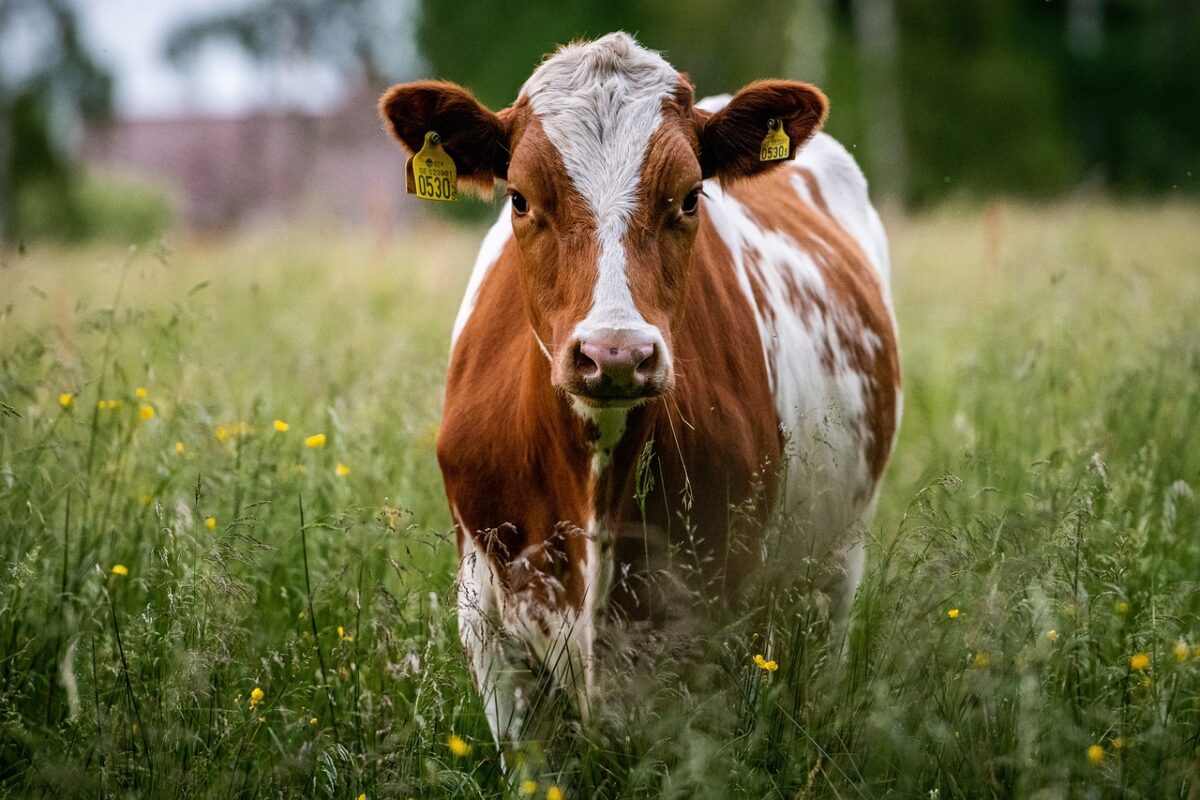Theileriosis, also known as January disease, is a disease where obligate intracellular protozoan parasites infect cattle. The parasites are transmitted by ixodid ticks, and have complex life cycles in both vertebrate and invertebrate hosts.
The four major tick-borne diseases in Zimbabwe:
• Theileriosis (January disease)
• Anaplasmosis (gallsickness)
• Babesiosis (redwater)
• Heartwater
The World Organisation for Animal Health (WOAH), through the Antimicrobial Resistance – Multi-Partner Trust Fund (AMR-MPTF) project for Zimbabwe, supported the Directorate of Veterinary Services (DVS) in Zimbabwe to develop a vaccine for Theileriosis. The AMR-MPTF was established, given the transnational and multisectoral nature of AMR and the support requested from countries and other stakeholders, the Tripartite – a long-standing partnership between the Food and Agriculture Organisation of the United Nations (FAO), the World Organisation for Animal Health (WOAH) and the World Health Organisation (WHO) – scaled up existing efforts last year to support countries to urgently counter this disease.
In Zimbabwe, the AMR-MPTF project was approved in June 2021. The project was officially launched in December 2021 and has been supported, as far as the animal health component is concerned, with financial, logistical and technical support.

Theileriosis are transmitted by ixodid ticks.
The BOLVAC vaccine
The Theileriosis vaccine called BOLVAC was first produced by Zimbabwe’s Central Veterinary Laboratory (CVL) in 1989 using Zimbabwe’s own Theileria parva vaccine strain, isolated from Boleni Farm in Goromonzi district, hence the name BOLVAC vaccine. Production of the BOLVAC vaccine was gradually discontinued in the late 1990s mainly due to high technical staff turnover and inadequate financing.
After receiving financial support for training in Theileriosis vaccine production and for the purchasing of equipment and reagents by the government of Zimbabwe, the AMR-MPTF Project (FAO and WOAH), and the Directorate of Veterinary Services (DVS) through its Department of Veterinary Technical Services (DVTS)’s Central Veterinary Laboratory, made a breakthrough and resumed production of the Theileriosis BOLVAC vaccine. The CVL managed to produce the fi rst batch of 20 460 doses on the 20th of August 2022. The resumption of BOLVAC vaccine production was a major breakthrough because Zimbabwe can now produce vaccines against three out of the four major tick-borne diseases (TBDs) prevalent in the country.
Diagnosis of Theileriosis in cattle
• Diagnosis is based on clinical signs and detection of parasites in lymph node aspirates.
• Serology is only of value in detecting previous infection in recovered animals.
Prevention of Theileriosis in cattle
Spraying or dipping of animals with acaracides is the most frequently used method for prevention of theileriosis, but this needs to be applied at regular intervals to be effective. Pyrethroid compounds are often used where animals are challenged with both tickborne diseases and trypanosomes.
Sources:
Dr P Makaya, Director – Division of veterinary technical services, Zimbabwe. Picture (c) M. Sirdar (WOAH ) 2022. https://rr-africa.woah.org/en/news/zimbabwe-develops-newvaccine-for-deadly-cattle-disease/
Morrison, IW. Theileriosis in Animals. https://www.msdvetmanual.com/circulatory-system/bloodparasites/trypanosomiasis-inanimals










I found your article very informative. Do keep posting such articles! Thank You.
Thanks for sharing. I absolutely loved your ideas.
Does the Theileriosis vaccine made in Zimbabwe actually work? All reports I have heard say it does not.